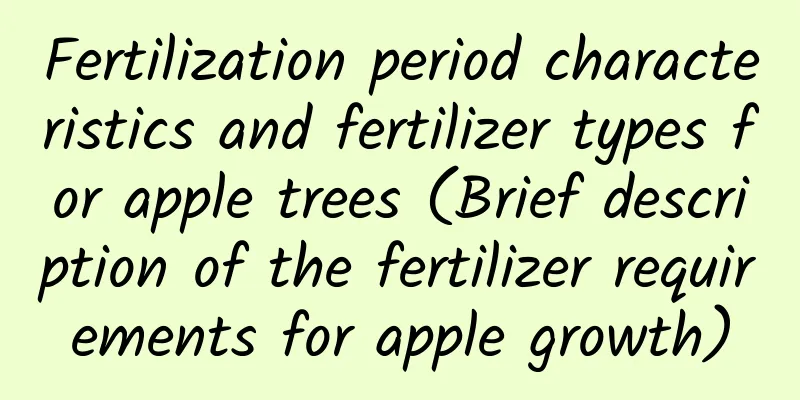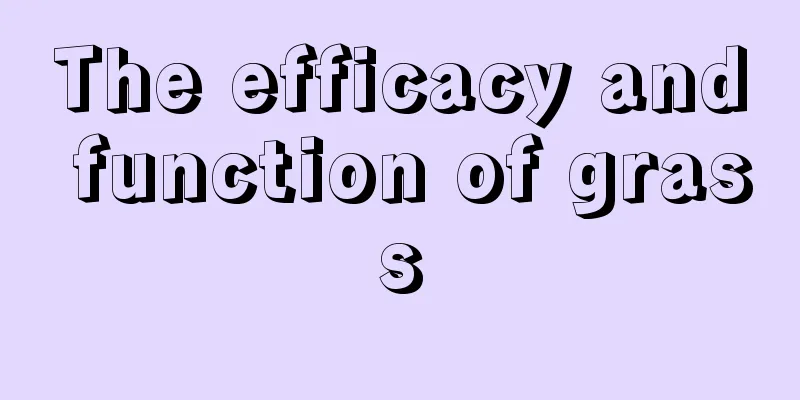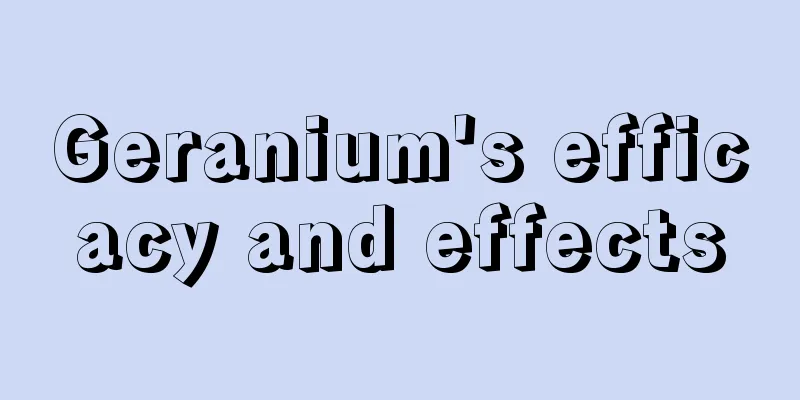Best time to apply zinc fertilizer to corn

|
The growth and development of crops not only depend on the main elements such as nitrogen, phosphorus and potassium, but also require appropriate amounts of trace elements such as boron, magnesium, zinc, copper, iron, manganese and molybdenum. Only when these nutrients are balanced and sufficient can crops grow healthily and achieve high yield and good quality. Conversely, if these essential trace elements are lacking, crops may suffer from deficiency syndromes, resulting in reduced yield and lower quality. Among trace elements, zinc is an element essential for crop growth. Zinc sulfate is the most common form of zinc fertilizer. Crops that are more sensitive to zinc include corn, wheat, rice, cotton, sugar beets, and certain beans and fruit trees. The growth and development of these crops will be significantly affected in the case of zinc deficiency. Therefore, proper application of zinc fertilizer is crucial to ensure the health and yield of these crops. Let’s take a look at the best time to apply zinc fertilizer to corn. Corn requires a variety of trace elements during its growth, among which zinc is essential for its growth. Corn has a large demand for zinc. The lack of zinc in the soil can cause physiological diseases in corn, such as albino seedlings, slow growth, dwarfing, and difficulty in fruiting. In severe cases, it can even fail to fruit, resulting in a significant drop in yield. Even a mild zinc deficiency can make it difficult to increase yields. The loss of zinc in the soil is usually related to the organic matter content of the soil, and soils with low organic matter are more likely to lose zinc. Saline-alkali soil, calcareous soil and sandy soil are particularly prone to zinc deficiency. In addition, excessive application of phosphorus fertilizer may also lead to zinc deficiency, because the zinc phosphate precipitate formed by the combination of phosphate and zinc is not easily absorbed by crops, thus producing an antagonistic effect. To replenish zinc in the soil, the following measures can be taken: Discover signs of zinc deficiency: When corn seedlings show signs of albinism, take timely measures. Supplement during sowing: During sowing, you can use zinc-containing compound fertilizers or trace element fertilizers, or mix corn seeds with zinc-containing trace elements, or soak the seeds in 0.1% zinc sulfate solution. Spray zinc fertilizer: When albinism appears on corn seedlings, immediately spray 0.3% zinc sulfate aqueous solution. Avoid mixing with phosphate fertilizers: When applying zinc fertilizer, avoid mixing it with fertilizers containing free phosphate, such as potassium dihydrogen phosphate, superphosphate, etc. Regular spraying: From the seedling stage to three weeks before harvest, spray 0.2% zinc sulfate aqueous solution regularly. Supplement when plowing the land: When plowing the land, apply 2-3 pounds of zinc sulfate per mu as base fertilizer, spread it evenly and plow the land to reduce the symptoms of zinc deficiency. In addition, the rational application of nitrogen, phosphorus and potassium fertilizers, especially organic fertilizers , is essential for maintaining soil fertility and supplementing a variety of trace elements. Organic fertilizer not only provides organic zinc, but also has the functions of retaining fertilizer, retaining water, regulating pH, and loosening the soil. For plots of land with continuous cropping, more attention should be paid to replenishing nutrients in the soil to avoid the occurrence of zinc deficiency symptoms. Note: Avoid mixing zinc fertilizer with high-phosphorus fertilizer to prevent the formation of insoluble precipitates between zinc and phosphate, which will reduce the effectiveness of zinc. When applying zinc fertilizer, the application rate and frequency should be determined based on soil test results and corn growth conditions. When spraying zinc fertilizer on leaves, it should be done in the early morning or evening to reduce the loss of zinc fertilizer caused by water evaporation. In short, at different stages of corn growth, the frequency and method of zinc fertilizer application need to be adjusted according to corn growth needs and soil conditions.
|
<<: What is the best fertilizer for camellia trees?
>>: What fertilizer is best for sweet potatoes?
Recommend
When and how to plant chrysanthemum
Planting time of Artemisia selengensis The best t...
How to grow lotus in autumn
1. Temperature Among the factors that need to be ...
How to prune asparagus fern
When to prune asparagus fern Asparagus fern can b...
How to care for hydrangeas by repotting them in summer?
Hydrangea , scientifically known as Hydrangea mac...
How long does it take for the purple bamboo plum to wither after blooming? How to prune and maintain it after flowering
1. How long does it take to wither? Its flowers a...
Catnip cultivation methods and precautions
Farming methods soil Catnip is suitable for plant...
How to raise dragon beard at home
Dragon beard growth conditions Dragon's beard...
Is hydrangea harmful to pregnant women? Is it the same as hydrangea?
1. Is it harmful? Hydrangea is harmful to pregnan...
How to water pansies
1. When can I water the plants? It doesn't me...
Is the Kremer Camellia easy to grow?
Camellia crassifolia has strong adaptability, goo...
What to do if the leaves of Guangdong Evergreen turn yellow
The reason why the leaves of Guangdong Evergreen ...
How many pounds of winter jujube per mu
Yield of winter jujube per mu Winter jujube is a ...
How to grow Dendrobium officinale so that it blooms out of the pot?
Dendrobium candidum , also called butterfly dendr...
How many years does it take for the golden marble to bear fruit?
Golden marble is a very good potted plant for hom...
When to sow greens
1. Sowing time Green vegetables can be sown in sp...









